
hotline:
17715390137
Tel/Wechat:
18101240246 (Technology)
0512-68565571
Email:mxenes@163.com (Sales Engineer)bkxc.bonnie@gmail.com
Scan the code to follow or search the official account on WeChat:
2D Materials Fronrier After paying attention,
click on the lower right corner to contact us,
Enter enterprise WeChat.
Professional Services Online


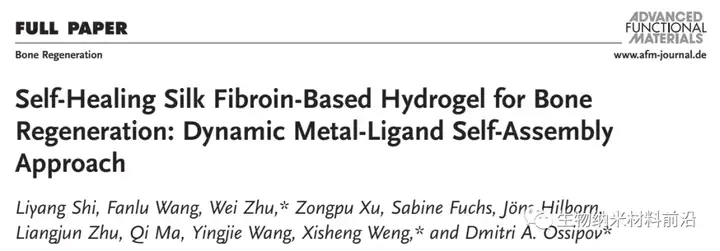
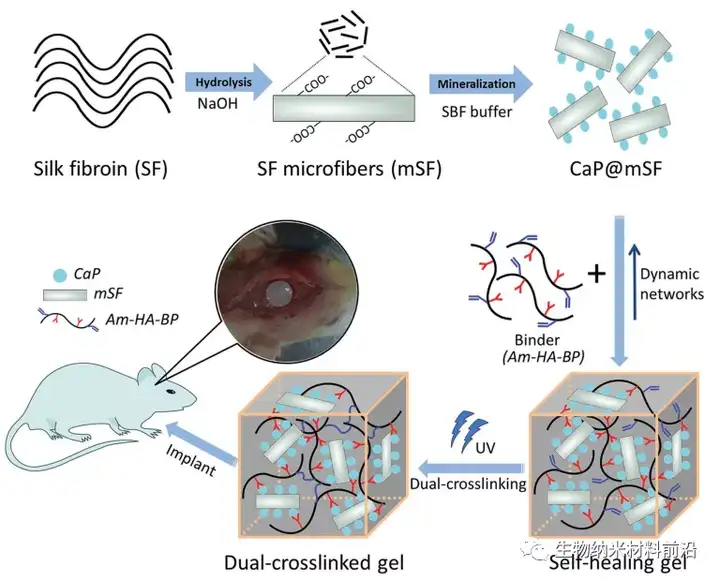
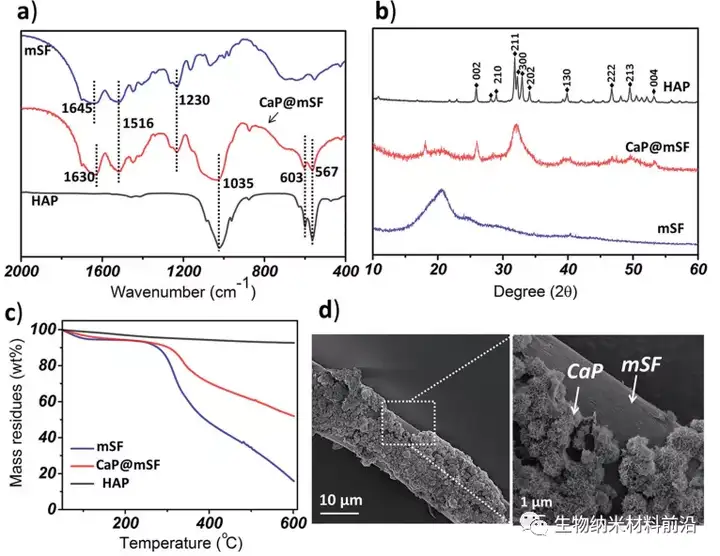
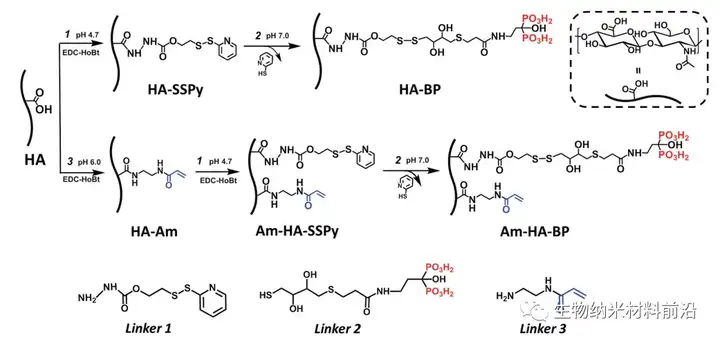
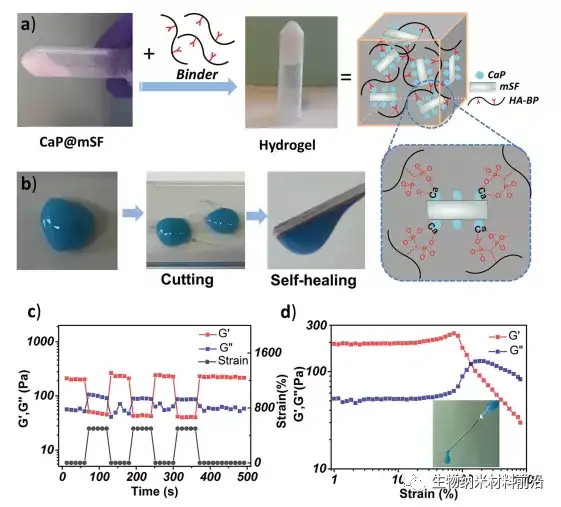
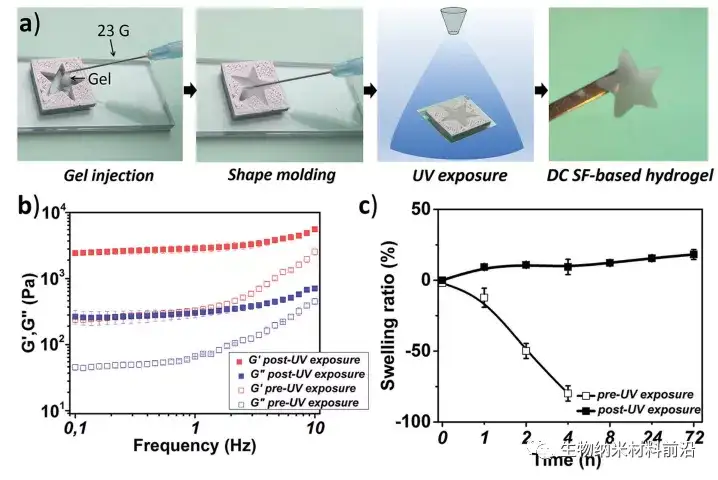
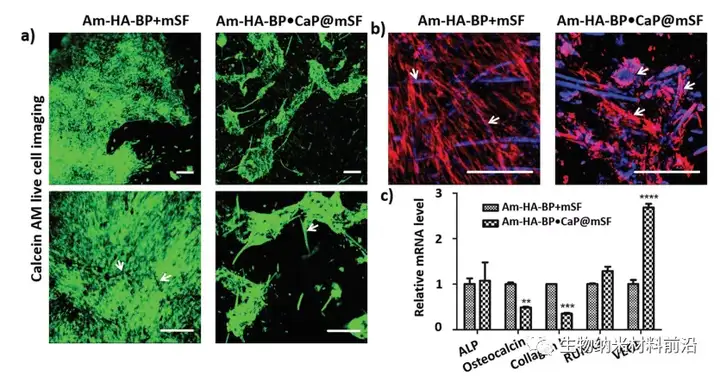
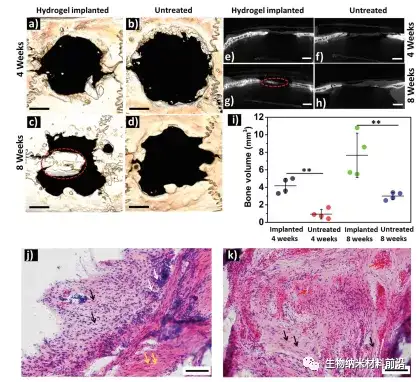
Figure 7. New bone formation after implantation of DC AM-HA-BP·CaP@mSF hydrogel into a rat model of severe skull defect.
3. Full text summary
In this study, the in-situ assembly of SF hydrogels with shear thinning and self-healing properties was achieved through the coordination chemistry of state metal ligands. In order to complete the modular assembly of SF hydrogels, this study used a "top-down" method to prepare mSF with a length of 200 μm and a diameter of 10 μm, and was coated with CaP particles under mild biomineralization conditions. CaP@mSF was produced. These mineralized mSF are combined with bisphosphonate-modified HA-BP to be immobilized in the hybrid hydrogel network. Due to the coordination interaction between the BP group on the adhesive and the Ca2+ ions on the surface of CaP@mSF, HA-BP acts as a natural polymer adhesive for CaP@mSF. The reversible properties of these interactions endow the resulting hybrid hydrogel with shear thinning and self-healing properties. This condition allows the material to be shaped without shifting from the intended implantation site and damaging the hydrogel during injection. In addition, this study designed a HA adhesive (namely Am-HA-BP) with dual functionalization of BP and polymerizable acrylamide (Am) groups, and combined the corresponding Am-HA-BP·CaP@mSF composite material After molding, it is exposed to ultraviolet rays to form a DC Am-HA-BP·CaP@mSF hydrogel, which has a ten-fold enhanced storage modulus. Implanting DC Am-HA-BP·CaP@mSF hydrogel into the skull defect of rats can induce bone regeneration in vivo without adding any growth factors. These findings mean that the developed self-healing and photopolymerizable SF-based hydrogel is a promising injectable scaffold for bone regeneration that can fill irregular-shaped bone defects.

| Reminder: Beijing Beike New Material Technology Co., Ltd. supplies products only for scientific research, not for humans |
| All rights reserved © 2019 beijing beike new material Technology Co., Ltd 京ICP备16054715-2号 |